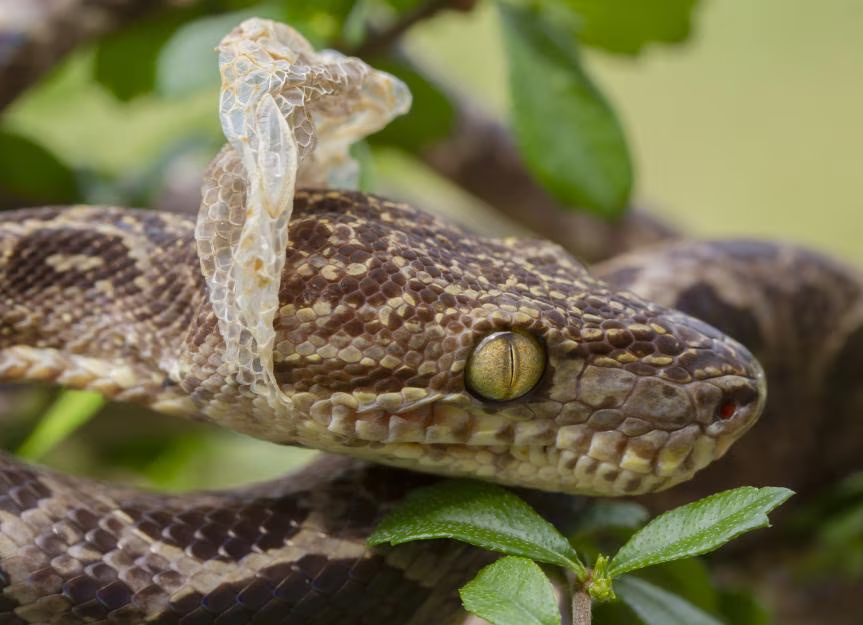With their unique physiology and behaviors, Snakes present distinct challenges for veterinary diagnosis. Even experienced reptile veterinarians can sometimes misinterpret symptoms or overlook certain conditions due to the subtle ways snakes manifest illness. Misdiagnosis can lead to inappropriate treatments, prolonged suffering, and even fatality for these remarkable reptiles. Understanding the common pitfalls in snake health assessment is crucial for veterinary professionals and dedicated snake owners who want to ensure their scaly companions receive proper care. This article explores five frequently encountered misdiagnoses in snake health checks, offering insights into their causes and how to avoid these potentially dangerous errors.
Mistaking Shedding Issues for Fungal Infections
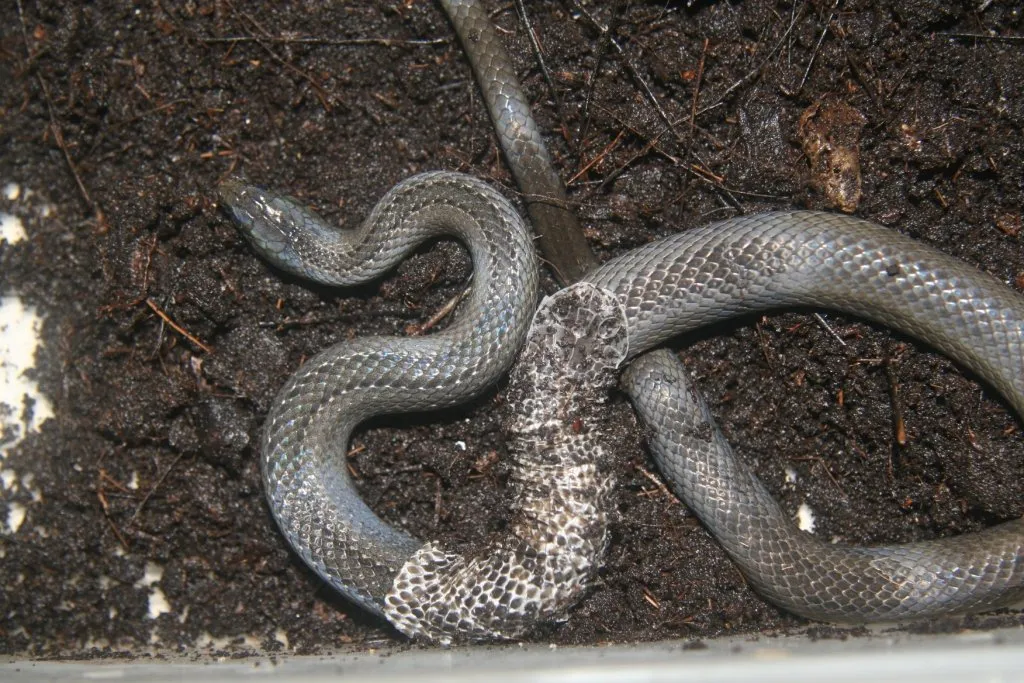
Dysecdysis (difficult or abnormal shedding) is frequently misdiagnosed as a fungal infection, leading to unnecessary and potentially harmful antifungal treatments. When a snake is preparing to shed, the skin becomes dull and sometimes takes on a whitish or grayish appearance, particularly around the eyes, where spectacles (eye caps) become cloudy—a condition known as “blue phase” or “in blue.” This natural process can be mistaken for the white, cotton-like growth characteristic of fungal infections, especially by less experienced reptile veterinarians. The key difference lies in the pattern and progression: shedding affects the entire body relatively uniformly and resolves when the snake completes its shed, while fungal infections typically present as localized patches that spread over time. Proper humidity levels and environmental setup are the appropriate interventions for shedding issues, not antifungal medications, which could stress an already vulnerable snake during this natural cycle.
Confusing Respiratory Infections with Normal Breathing Sounds
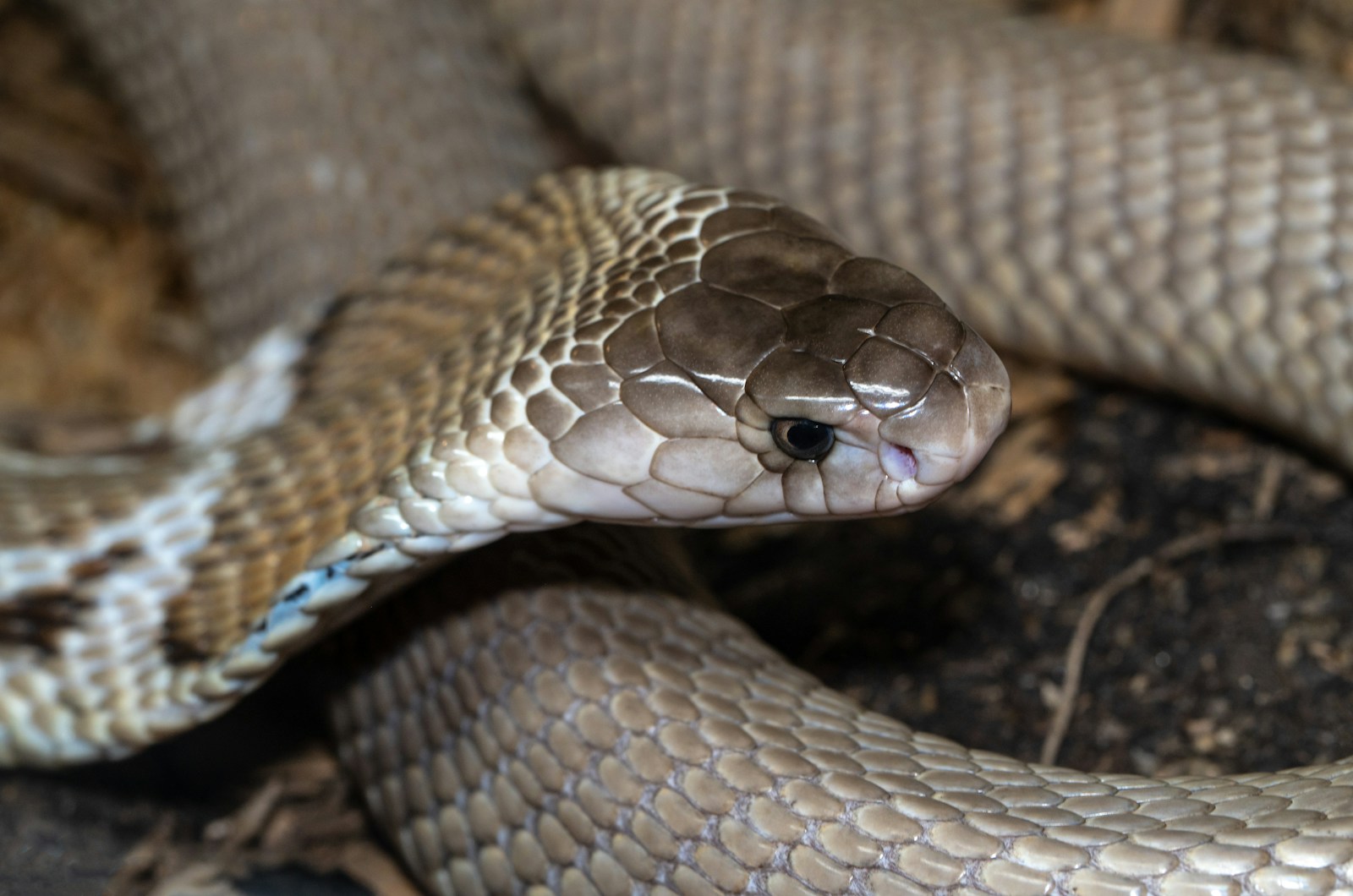
Snake respiratory systems function differently from mammals, and normal breathing patterns can sometimes be misinterpreted as signs of illness. Many snake species naturally make slight whistling or clicking sounds during respiration, especially when they’re exploring or excited, which inexperienced veterinarians might mistake for the wheezing or bubbling characteristic of respiratory infections. The confusion becomes even more common in species with modified respiratory structures, such as hognose snakes or certain aquatic species that can make unusual sounds when breathing. True respiratory infections typically present with additional symptoms like excessive mucus around the mouth or nares, open-mouth breathing at rest, and abnormal posturing where the snake holds its head elevated to ease breathing difficulties. Temperature regulation plays a crucial role here—while respiratory infections often develop when snakes are kept at suboptimal temperatures, simply breathing more heavily in response to environmental stimuli doesn’t indicate disease.
Diagnosing Stomatitis When Seeing Normal Oral Coloration

The healthy oral mucosa of many snake species naturally displays reddish or pinkish coloration that can be mistakenly identified as stomatitis (mouth rot), particularly in species like ball pythons, corn snakes, and kingsnakes. This misdiagnosis frequently occurs when veterinarians without specialized reptile training apply mammalian standards to reptile oral examinations, expecting to see pale pink tissues similar to those in cats or dogs. True stomatitis presents with symptoms beyond mere coloration, including excessive mucus production, cheesy yellow or white discharge, swelling or erosions of the gum line, and sometimes bleeding or visible necrotic tissue. The differential diagnosis becomes even more complicated because some snakes have naturally red mouths that become brighter during periods of stress, such as during a veterinary examination. A comprehensive assessment should consider the snake’s eating habits, as stomatitis typically causes pain that interferes with normal feeding behaviors, while snakes with normal oral coloration continue to eat enthusiastically.
Misinterpreting Shedding-Related Anorexia as a Disease

Many snake species naturally fast before, during, and shortly after shedding—a behavior that can be misdiagnosed as pathological anorexia when the impending shed isn’t obvious. This natural feeding cessation can last anywhere from a few days to several weeks, depending on the species, age, and environmental conditions, with some snakes showing subtle pre-shedding signs that are easily missed by even attentive owners. Veterinarians unfamiliar with normal reptile behavior might recommend invasive diagnostics or unnecessary force-feeding protocols when faced with a healthy snake that has stopped eating. The timing becomes particularly confusing when a snake is in the early stages of preparing to shed before physical changes like dulling skin or cloudy eyes become apparent. Distinguishing between normal shedding-related fasting and true anorexia requires consideration of the snake’s complete history, including the typical interval between sheds, recent growth, and whether the animal shows other signs of illness such as weight loss, abnormal posturing, or changes in defecation patterns.
Attributing Neurological Symptoms to Inclusion Body Disease When Dealing With Vitamin Deficiencies

Inclusion Body Disease (IBD) has become something of a catch-all diagnosis for any neurological symptoms in boid snakes, leading to many misdiagnoses of potentially treatable vitamin deficiencies. Vitamin B1 (thiamine) deficiency, in particular, can cause symptoms remarkably similar to IBD, including abnormal posturing, disorientation, “stargazing” (where the snake appears to stare upward uncontrollably), tremors, and difficulty righting itself when turned over. The key distinction is that vitamin deficiencies can often be corrected with appropriate supplementation and dietary adjustments, while IBD remains fatal and untreatable. This misdiagnosis is particularly tragic because it may lead to euthanasia of snakes that could have recovered with proper nutritional support. The confusion increases because vitamin deficiencies often develop gradually, similar to the progressive nature of IBD, and both conditions can present with similar secondary symptoms such as regurgitation, weakness, and decreased tongue flicking. Proper diagnosis requires comprehensive bloodwork, detailed dietary history, and potentially advanced testing techniques rather than relying solely on behavioral observations.
Understanding Snake Anatomy and Its Role in Misdiagnosis
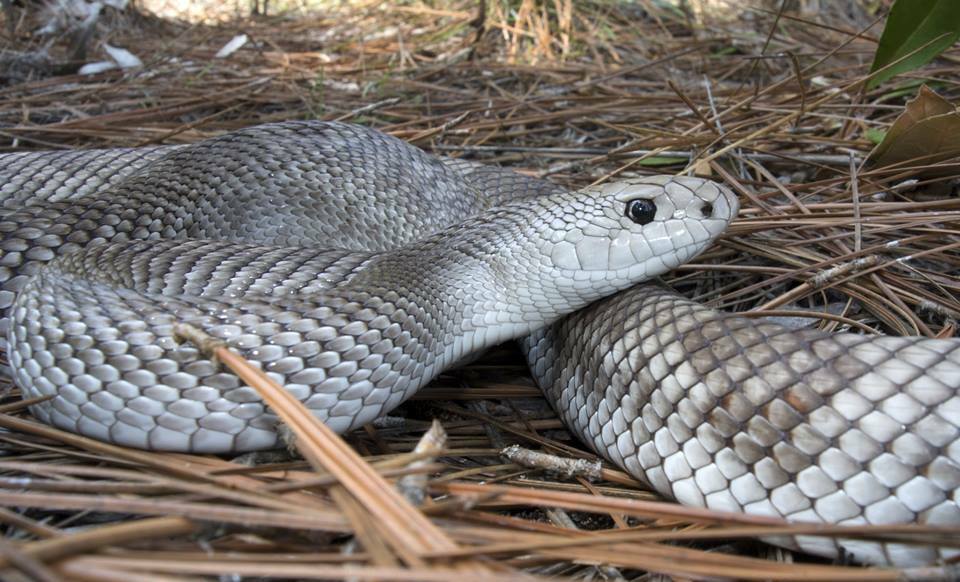
The unique anatomical features of snakes contribute significantly to diagnostic challenges during health checks. Unlike mammals with easily accessible body systems, snakes have elongated, specialized anatomies where organs may not be positioned as expected by veterinarians trained primarily in mammalian medicine. For instance, the single, elongated lung of most snake species creates palpation challenges, and the normal bulge of a healthy food bolus passing through a snake’s digestive tract might be misidentified as a pathological mass. Radiographic interpretation presents another significant challenge, as the normal vertebral flexibility and overlapping internal structures can create images that appear abnormal to those without specialized training in reptile radiology. Even ultrasound examinations require specific expertise, as the normal echogenicity of snake tissues differs from mammalian standards, and the positioning of organs changes dramatically depending on recent feeding, reproductive status, and even the snake’s position during examination. This anatomical uniqueness underscores why specialist reptile veterinarians are essential for accurate snake health assessments.
The Challenge of Behavioral Interpretation in Snake Diagnosis
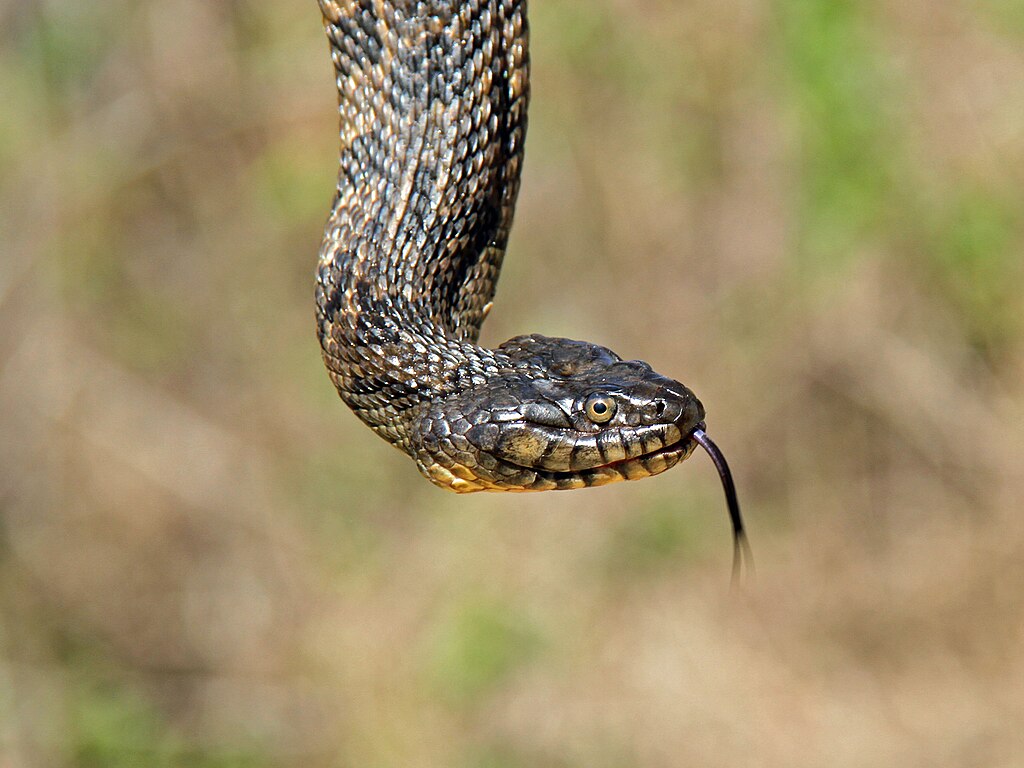
Snakes communicate illness in subtle ways that differ dramatically from the obvious signs displayed by mammals, creating significant potential for misdiagnosis during health assessments. Their stoic nature evolved as a survival mechanism to avoid appearing vulnerable to predators, meaning they often mask symptoms until the disease has progressed substantially. What might appear as normal behavior to an inexperienced observer, such as increased time spent soaking, subtle changes in tongue-flicking frequency, or slight alterations in locomotive patterns, can represent significant early warning signs of serious conditions. Conversely, certain defensive behaviors triggered by the stress of examination, like hissing, puffing up, or refusing to move, might be misinterpreted as signs of respiratory or neurological disease rather than normal responses to perceived threats. Seasonal behavioral variations further complicate accurate assessment, particularly regarding breeding behaviors, seasonal anorexia, and brumation preparation, which can mimic illness to the untrained eye. Proper behavioral evaluation requires knowledge of species-specific normal behaviors and considering the snake’s behavioral baseline rather than applying generalized standards across all specimens.
Environmental Factors That Lead to Misdiagnosis
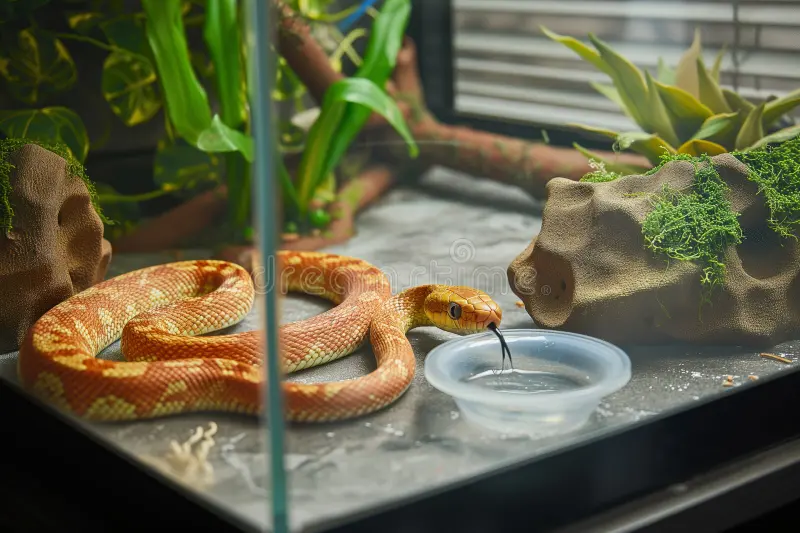
The controlled environments in which captive snakes live can sometimes create conditions that mimic disease symptoms, leading to inaccurate diagnoses during health checks. For example, snakes kept in enclosures with inappropriate humidity levels may develop respiratory symptoms that resemble infections but are environmental responses—too dry conditions cause dehydration and respiratory irritation, while excessive humidity can facilitate bacterial or fungal growth. Temperature gradients, or lack thereof, similarly impact diagnostic accuracy; snakes maintained without proper thermal options may display sluggishness, digestive issues, and immune suppression that resemble primary diseases rather than environmental responses. Substrate choices further complicate matters, as irritants from certain bedding materials can cause skin lesions that mimic bacterial or fungal infections, while impaction from ingested substrate particles may present symptoms similar to viral or parasitic gastrointestinal diseases. Even lighting considerations affect diagnosis—inappropriate UVB exposure can lead to vitamin D3 deficiencies with symptoms that mimic metabolic bone disease, even in species that traditionally don’t require UVB in captivity.
Diagnostic Technology Limitations with Reptile Patients

Many diagnostic technologies and tests developed primarily for mammals have limited effectiveness or require significant modification when applied to snake patients, contributing to misdiagnosis rates. Blood work reference ranges, for instance, vary dramatically not only between snake species but also according to season, reproductive status, and recent feeding, factors that automated laboratory equipment and general veterinary software often fail to account for. Imaging presents similar challenges, as standard radiographic techniques may require adjustment for snake anatomy, and contrast studies designed for mammalian gastrointestinal tracts must be modified for the significantly different digestive physiology of snakes. Even basic diagnostic procedures like fecal examinations require specialized knowledge, as normal intestinal fauna in reptiles might be misidentified as pathogens by laboratories without reptile expertise. PCR and other molecular diagnostic tests have improved specificity for some reptile pathogens, but many tests remain adapted from mammalian medicine without proper validation in reptile species, potentially producing false positives or negatives that lead to misdiagnosis. These technological limitations emphasize the importance of working with laboratories and diagnostic facilities experienced in reptile medicine rather than relying on standard veterinary services.
Species-Specific Considerations in Avoiding Misdiagnosis
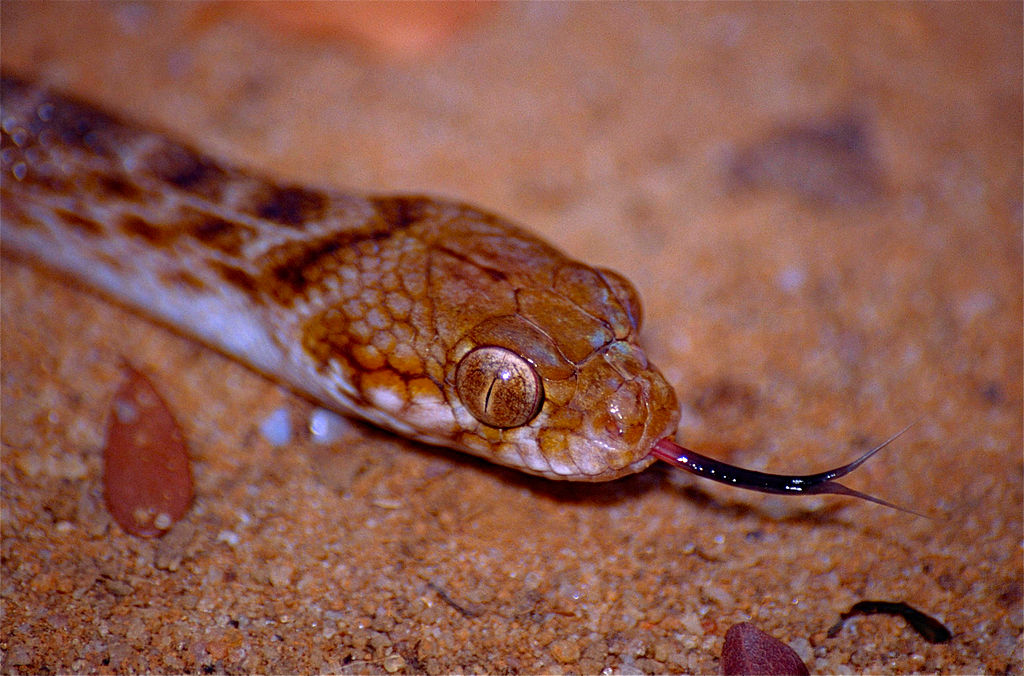
Different snake species present unique diagnostic challenges that require specialized knowledge to avoid misdiagnosis during health assessments. For example, ball pythons naturally fast for extended periods, sometimes multiple months, which might be misinterpreted as pathological anorexia in a species like a corn snake, where such prolonged fasting would indicate serious illness. Species-specific normal behaviors create similar confusion—the hognose snake, famous for their dramatic death-feigning display complete with open-mouth breathing and body rolling, might be misdiagnosed with neurological conditions by those unfamiliar with this species’ theatrical defensive repertoire. Anatomical variations between species further complicate matters; for instance, the naturally visible spine and ribs of healthy arboreal species like emerald tree boas might be misdiagnosed as concerning weight loss in a veterinarian more familiar with the rounder body profile of terrestrial species. Coloration patterns present additional challenges, as natural pigmentation in species like rainbow boas can be mistakenly identified as bruising or subcutaneous hemorrhage during health checks. Even normal reproductive behaviors vary dramatically—male garter snakes produce a waxy plug after mating that inexperienced veterinarians might misidentify as pathological discharge, while the dramatic size increase of gravid female boa constrictors might be incorrectly diagnosed as pathological fluid accumulation.
The Role of Stress in Creating False Symptoms
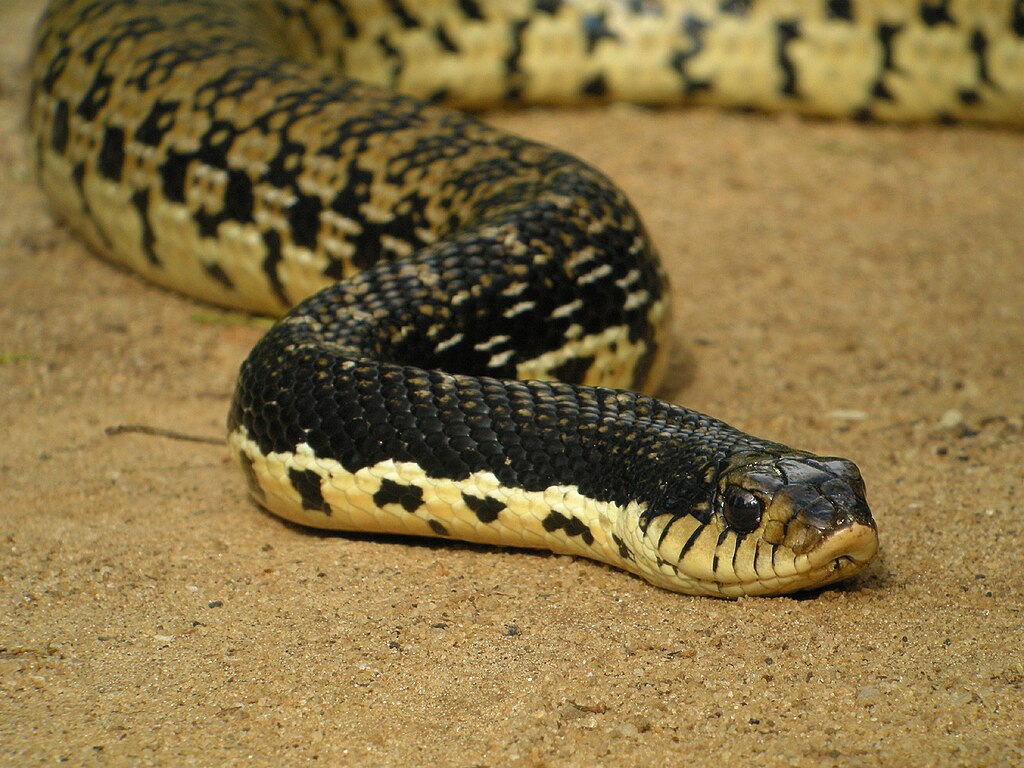
The stress response in snakes during veterinary examination can trigger physiological and behavioral changes that mimic disease symptoms, leading to potential misdiagnosis by even experienced practitioners. When handled for examination, many snakes experience increased heart rate, respiratory alterations, and defensive posturing that can be misinterpreted as primary cardiovascular or respiratory disease rather than normal stress responses. The impact of examination stress becomes particularly problematic with snakes that employ specific defense mechanisms—some species voluntarily regurgitate recent meals when threatened, which might be incorrectly attributed to gastrointestinal disease rather than a stress response. Defensive musking (releasing foul-smelling secretions from cloacal glands) in species like garter snakes might be misdiagnosed as diarrhea or cloacal infection, while stress-induced rapid defecation could be mistaken for gastrointestinal distress. Even basic metabolic parameters measured during examination, such as blood glucose levels and white blood cell counts, fluctuate significantly with stress, potentially triggering misdiagnosis of conditions like diabetes or inflammation when results are interpreted without considering the examination context. Minimizing handling time, maintaining appropriate ambient temperature during examination, and using gentle restraint techniques can help reduce stress-induced symptoms that complicate accurate diagnosis.
Nutrition-Related Misdiagnoses in Snake Medicine

Nutritional factors frequently contribute to misdiagnosis in snake medicine, as dietary inadequacies can produce symptoms that mimic infectious or genetic conditions. Metabolic bone disease resulting from calcium deficiency or improper calcium-to-phosphorus ratios in the diet creates neurological symptoms and skeletal deformities that might be misdiagnosed as congenital defects or traumatic injuries, particularly in growing juvenile snakes. Vitamin deficiencies present similarly confusing clinical pictures—thiamine (B1) deficiency causes neurological symptoms often mistaken for viral infections like IBD, while vitamin A deficiency produces skin and ocular changes easily confused with bacterial or fungal infections. Protein malnutrition in snakes fed inappropriate prey items can lead to muscle wasting, poor wound healing, and immune suppression that mimics chronic wasting diseases or primary immunodeficiency syndromes. Even the size and frequency of meals create diagnostic challenges, as overfeeding produces obesity-related symptoms like respiratory difficulty and abdominal distension that might be misattributed to primary respiratory disease or internal masses, while underfeeding causes metabolic changes that alter normal physiological parameters used in diagnostic bloodwork interpretation. A comprehensive nutritional history considering prey type, size, frequency, and supplementation practices is essential for distinguishing between primary diseases and secondary nutritional manifestations.
Improving Diagnostic Accuracy in Snake Health Checks

Improving diagnostic accuracy for snake health assessments requires a multifaceted approach combining specialized knowledge, appropriate techniques, and comprehensive contextual understanding. Establishing accurate baselines through regular wellness examinations when the snake appears healthy provides valuable comparative data for future health concerns, as individual variation among snakes can be significant even within the same species. Detailed record-keeping documenting normal behaviors, feeding patterns, shedding frequency, and growth rates helps distinguish between pathological changes and normal fluctuations during health evaluations. Specialized training in reptile medicine is crucial for veterinarians working with snakes, as techniques like proper restraint methods, species-appropriate physical examination procedures, and reptile-specific diagnostic test interpretation significantly reduce misdiagnosis rates. Technological adaptations also improve accuracy—using appropriate-sized equipment, reptile-specific reference ranges for bloodwork, and specialized imaging techniques developed specifically for snake anatomy enhances diagnostic precision. Perhaps most importantly, diagnostic humility—acknowledging the limitations of current reptile medicine knowledge and being willing to consult specialists or pursue additional diagnostics when cases present atypically—remains essential for avoiding the common misdiagnoses that compromise snake health care.
Accurate diagnosis forms the cornerstone of effective snake healthcare, yet the unique physiology and subtle symptom presentation of these animals create significant diagnostic challenges. The five common misdiagnoses discussed—confusion between shedding issues and fungal infections, misinterpretation of respiratory sounds, incorrect identification of stomatitis, misunderstanding of shedding-related anorexia, and attributing vitamin deficiencies to IBD—highlight the specialized knowledge required for proper snake health assessment. Both veterinary professionals and snake owners should remain vigilant about these potential diagnostic pitfalls, seeking specialized reptile veterinary care whenever possible and maintaining detailed records of normal behaviors and patterns. With continued advances in reptile medicine and greater awareness of these common misdiagnoses, we can improve healthcare outcomes for these fascinating reptiles and ensure they receive appropriate, effective treatments when health issues arise.

